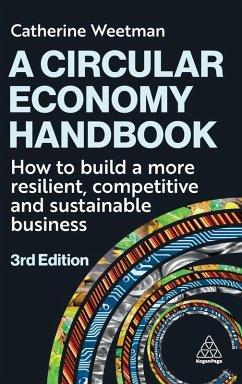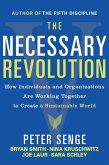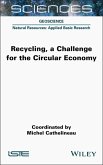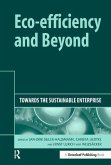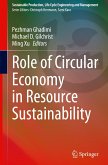In a time of unprecedented challenges, where sustainability improvements are critically important, discover how the circular economy offers ways for businesses to thrive. A Circular Economy Handbook shows how successful companies are finding ways to do better with less, by decoupling resource consumption from value creation. The world faces a polycrisis, including climate breakdown, biodiversity loss, resource conflicts, disease and ill health, driven by overproduction and overconsumption. Now, a growing body of research shows that, used strategically, circular products and services offer profitable and practical solutions to create deeper value whilst staying within planetary boundaries. A newly revised third edition of A Circular Economy Handbook guides you through the concepts and practicalities of circular strategies, supported by a wide range of real examples from industries around the world, with key frameworks such as the author's Circular Economy Framework 3.0 and Circular Business Model Canvas. There is extensive new research on the key drivers for change, including the growing awareness of the health impacts of plastics and novel entities, plus behavioural aspects such as the psychology of ownership, user experience and customer segmentation. It examines the impacts of digital technology developments, including enterprise application software, AI, blockchain, IoT and advanced engineering. This indispensable book explains how to embed circular approaches throughout the value chain by reimagining products and components, choosing materials and designing systems for production supply and recovery, together with data collection, metrics, customer engagement and participation. Online resources include lecture slides with figures and tables from every chapter.
Bitte wählen Sie Ihr Anliegen aus.
Rechnungen
Retourenschein anfordern
Bestellstatus
Storno

